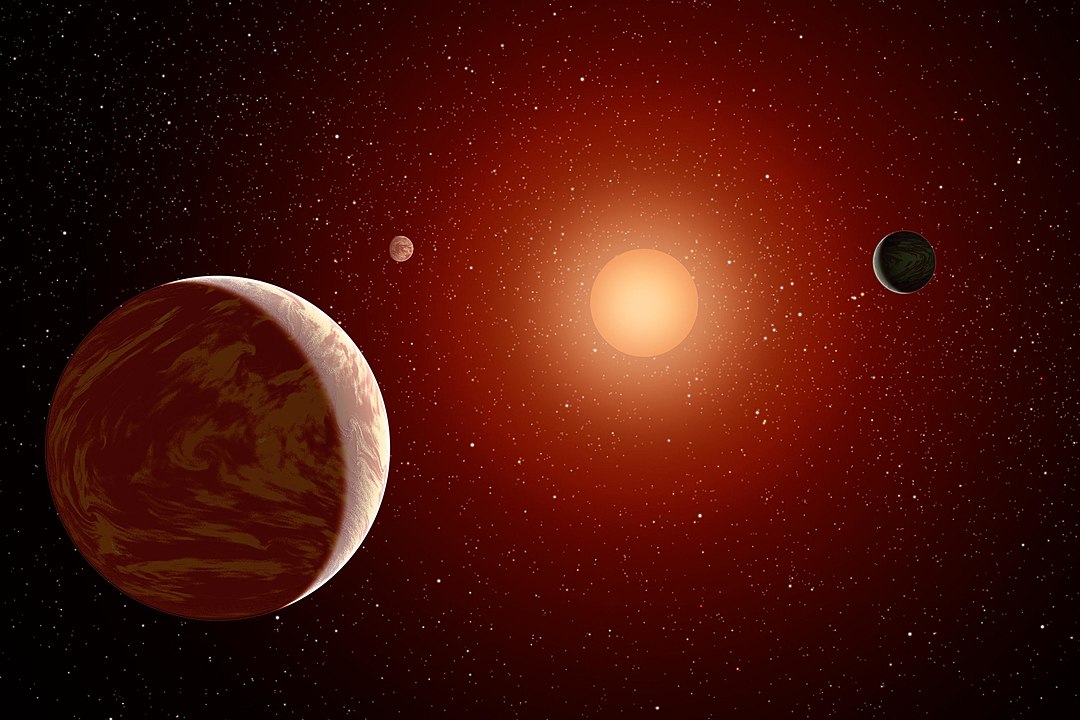In 2012, astronomers detected a gas giant transiting in front of WASP-49A, a G-type star located about 635 light-years from Earth. The data obtained by the WASP survey indicated that this exoplanet (WASP-49 b) is a gas giant roughly the same size as Jupiter and 37% as massive. In 2017, WASP-49 b was found to have an extensive cloud of sodium, which was confounding to scientists. Further observations in 2019 using the Hubble Space Telescope detected the presence of other minerals, including magnesium and iron, which appeared to be magnetically bound to the gas giant.
WASP-49 b and its star are predominantly composed of hydrogen and helium, with only trace amounts of sodium – not enough to account for this cloud. In addition, there was no indication of how this sodium cloud was ejected into space. In our Solar System, gas emissions from Jupiter’s volcanic moon Io create a similar phenomenon. In a recent study, an international team led by scientists from NASA’s Jet Propulsion Laboratory found potential evidence of a rocky, volcanic moon orbiting WASP-49 b. While not yet confirmed, the presence of a volcanic exomoon around this gas giant could explain the presence of this sodium cloud.
Continue reading “A Possible Exomoon Could be Volcanic, like Jupiter’s Moon Io”










